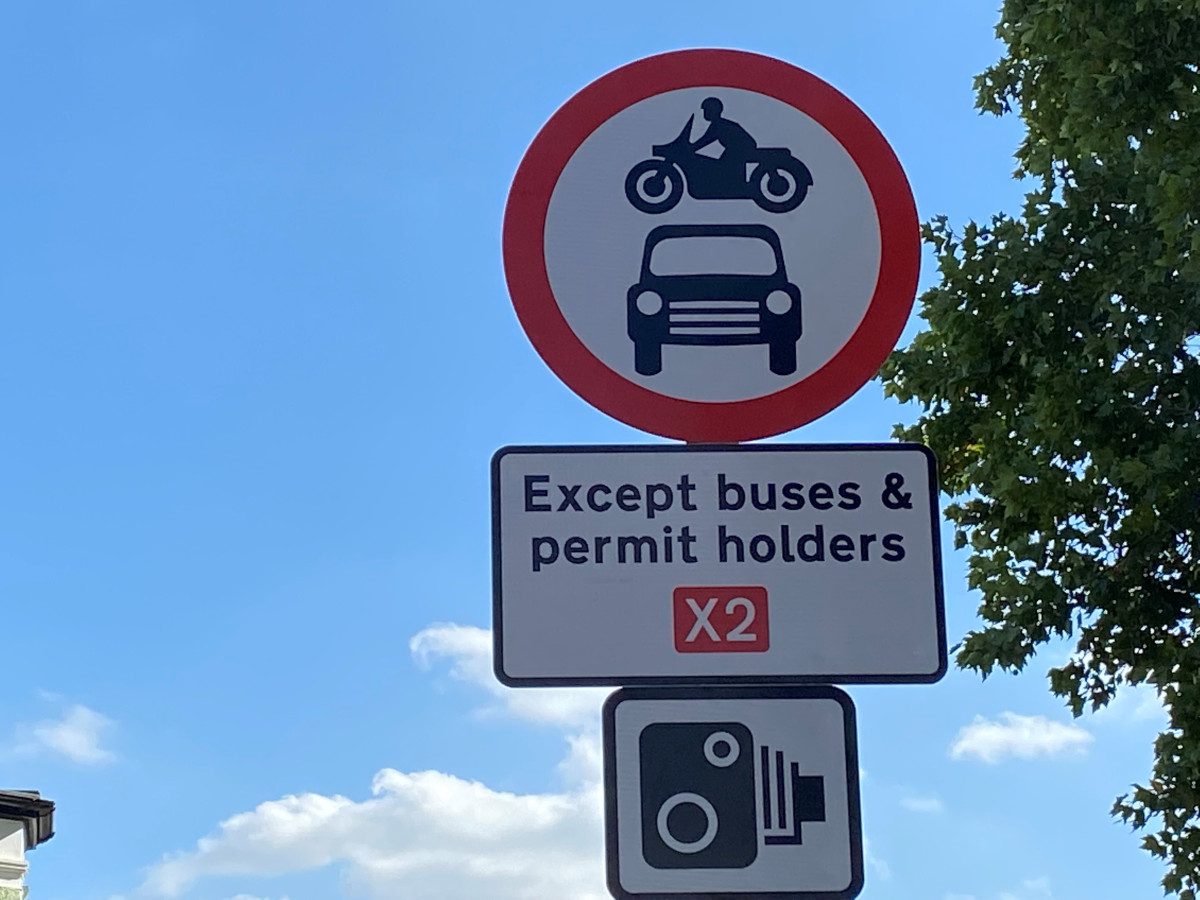
Three low traffic neighbourhoods (LTNs) in Haringey are set to continue after monitoring data revealed motor traffic had fallen by more than 50 per cent within the schemes.
The independently monitored and analysed data showed an average reduction in vehicle movements within the LTNs of 58%.
There has been a minimal 3% on average traffic increase on boundary roads and overall, 80,000 fewer vehicles were counted per day, contributing to the council’s ambition to make local streets healthier, safer and fairer for all.
Major traffic reductions have seen collisions fall on average 34% across the LTNs, with collisions also reduced on the boundary roads. Road injuries tend to be more common in lower-income areas and in Bruce Grove West Green, the most deprived LTN area, collisions fell by 56%.
Pollution is also often higher in lower-income areas. The significant drop in traffic will have had a positive impact, but traffic needs to fall still further for there to be a major difference in overall pollution given this comes from many sources in a major city like London. The data shows there has been no major increase in air pollution within or on the boundaries.
The LTNs are just one part of what Haringey is doing to reduce traffic and create streets for people – both on residential and boundary roads. This includes school streets, bus lanes, cycle lanes, pavement improvements, HGV restrictions, tree-planting and more.
Cllr Mike Hakata, Cabinet Member for Climate Action, Environment and Transport, said:
“The massive reduction in motor traffic is compelling evidence these trials are delivering on their major objective of making it easier and safer for people to walk, wheel, scoot and shop locally.
“The schemes are creating better streets for people, but there is more we can do. Boundary road traffic levels are generally falling back toward pre-LTN levels, but we know there are hotspots that need dealing with. A comprehensive programme of improvements is underway, including better bus priority, enhanced pedestrian crossings, more protected cycle lanes and measures to reduce congestion.
“We’ve created the Haringey Climate Partnership too – a collaborative forum with residents and communities to drive action on pollution and emissions.
We want this to be a just transition, with LTNs that are fair. We know that different people have different needs which is why we’ve listened carefully to feedback from residents, introduced one of the most extensive exemption schemes and made changes in direct response to feedback. We’ve worked closely with our disabled community and other local communities to review and refine our exemptions – and we will continue to do so to make sure our schemes are fair and effective.
When we create shared spaces that prioritise people, communities thrive. This is our opportunity to demonstrate that Haringey is committed to creating a borough that works for everyone – not just for the next few years, but for generations to come. The decisions we make today shape the borough our children, grandchildren, and great-grandchildren will inherit.
Introduced on an experimental basis in 2022 as part of the council’s Streets for People programme, the trials feature mostly camera-enforced filters to stop motor traffic using the neighbourhoods as a through route but enable emergency and waste vehicles, as well as those with exemptions, to pass through and encourage active travel especially for shorter journeys.
Consultation with residents started as far back as February 2021, and all three schemes launched with a range of exemptions in place, including for Blue Badge holders living in the LTN areas. This was extended in September 2023 to all Blue Badge holders living in Haringey.
Some filters were removed or changed during the trial, and the council separately introduced a trial ban on heavy goods vehicles (HGVs) on Downhills Way/Belmont Road in the Bruce Grove West Green scheme. The Cabinet report recommends this successful trial is also made permanent.
The reports, including all the data, will be considered by Cabinet on Tuesday 10 December and can be viewed here.



